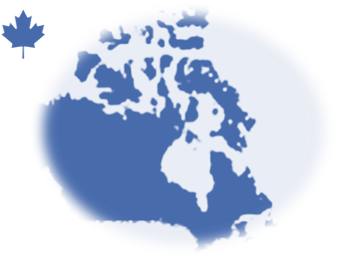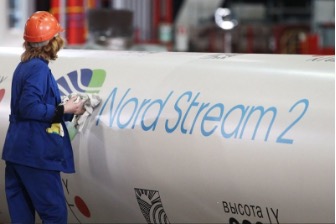Can a mid 20th century idea help fulfil an early 21st century objective?
The Mid-Canada Corridor is a strategic plan created by Canadian veteran and land-use planner Richard Rohmer, proposing massive development of Canadian land away from where most of the Canadian population is currently distributed. Intent for the plan was to develop Canada’s access for extractive mineral industries distributed in currently inaccessible regions. The plan called for substantial government investment in transportation infrastructure, including a $0.7-1.2 billion (1960s $CAD) investment in 3,000-4,100 new miles of rail. Original proposals highlighted future population centres of growth in Fort Smith, Flin Flon, Thunder Bay, Timmins,Churchill and Labrador City.[1][2] The plan was also developed in part to help facilitate population growth and immigration, with Rohmer suggesting Canada may see population growth of 100 million Canadians by 2070.[3] Despite substantial initial interest from both public and private sectors, the plan was never implemented.[4]
If this plan were to be put on place today, how would it compare to the Liberal government’s newest budget? The new budget’s first priority is to incentivize cities to build more homes and create denser, more sustainable neighbourhoods, thus creating increased housing supply The Mid-Canada plan proposed, not denser neighbourhoods, but a mass migration to a huge expanse of new land. Similar to the western migration of the 1800, This plan would create a migration to Mid-Canada. Spurred as was the move west by new modern rail and road links and massive immigration, new towns and cities could be created, but unlike earlier development this expansion would be built on sustainable, climate friendly policies and practices. The 2022 budget states: We need to make it easier for Canadian businesses to innovate and become global leaders in the industries that will grow our economy and create new jobs. The development of Mid-Canada would require new Rail lines that would be electric, new towns planned with environmentally and socially advanced principles. These developments would require hundreds of innovative companies and millions of highly skilled workers. Millions of people, both current citizens and immigrants, with every skill imaginable, would find generous incentives to move to towns and cities within the new Mid-Canada territory. Very cheap land, subsidized by the Federal and Provincial governments. Towns and newly designed cities, with basic infrastructure funded by the government. Infrastructure built to create human-friendly environments with electric transportation networks, geothermal or small nuclear power systems, hospitals, fire departments, parks, and pedestrian walking areas.
Newcomers, both individuals and groups will either create a town for a number of occupants or find a space to build their own dream home.
Indigenous Peoples
Much of the Mid-Canada territory is indigenous land. First Nations peoples would have enormous opportunities and influence in the development of Mid-Canada. First Nations towns would quickly reach parity with modern Canadian towns in the south.
First Nations could embrace multiculturalism, premised on traditional native culture and grow and prosper under their terms and their villages could become modern communities.
Immigration
Budget 2022 proposes to grow our workforce by addressing barriers faced by mothers, Black and racialized Canadians, newcomers, persons with disabilities, young Canadians, and other people who are underrepresented in Canada’s workforce. This will include improving labour mobility and foreign credential recognition, and creating opportunities for persons with disabilities.
With the immense territory of Mid-Canada available, millions of under employed Canadians as well as new immigrants could be welcomed to Mid-Canada. Professionals, such as doctors would be needed and the Canadian systems would be forced to recognize foreign qualifications more readily. The development of transportation systems, city and town infrastructures, services and maintenance would create a demand for every kind of skill.
Economic Growth
In an interview, Chrystia Freeland continually spoke of long term economic growth as a priority. The implementation of the Mid-Canada plan with modern environmental and social principles, would create a second Canada on top of the first one. It would create an enormous economy, a huge population/tax base and make Canada the envy of the world. The current Canada would find enormous new Canadian market demand and the whole of Canada would create a robust import trade demand. Mid-Canada’s extensive mining and resource potential would also create huge export opportunities.




